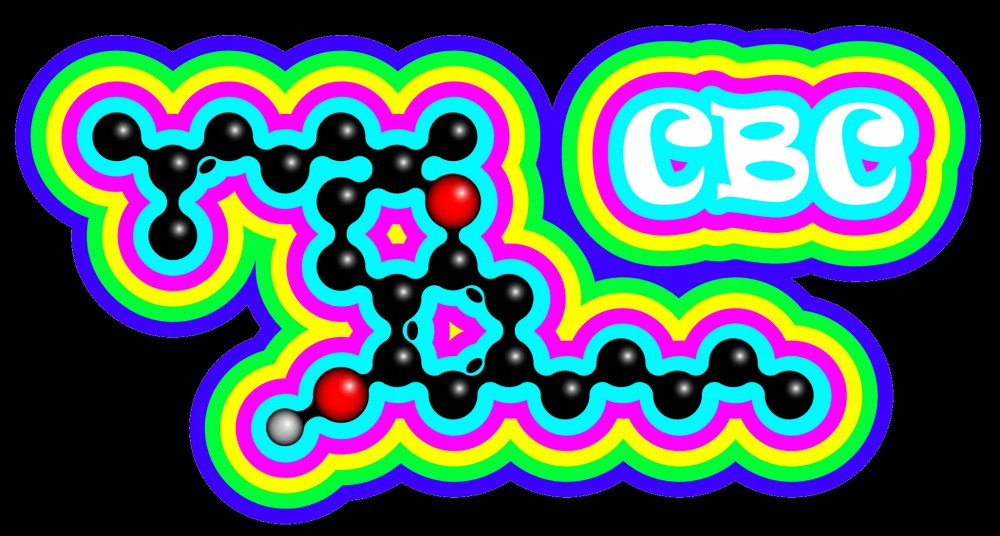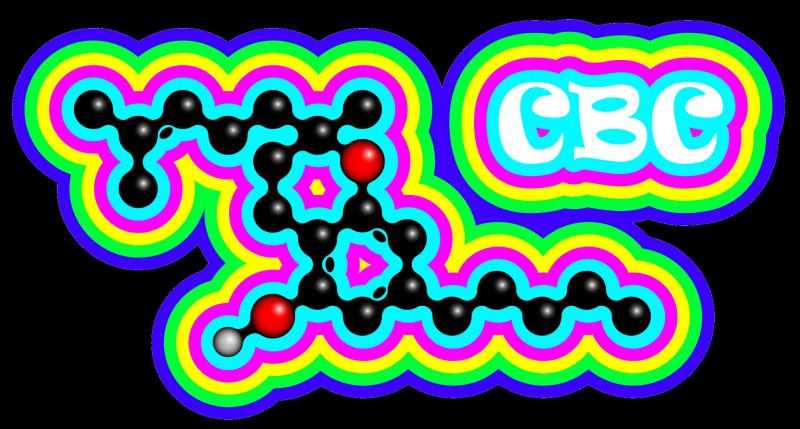Cannabichromene (CBC): A Detailed Analysis of the Third Most Common Cannabinoid

There is a large number of cannabinoids present in the cannabis plant with each of them existing separately and being responsible for their interactions with the human body. Cannabinochromene (CBC ) is one of them and is well recognized for its properties as it is not only one of the most abundant but also a very popular cannabinoid among others. As a result, there have been several studies conducted to know more about its characteristics and properties which has been largely successful as it is becoming more evident that it will play a huge role in the medicinal use of cannabis.
As is common with most cannabinoids, CBC was created from a long process of interaction and transformation from other compounds before eventually becoming the form it is. This transformation is usually a result of the interaction of enzymes with cannabigerol (CBG) to form cannabichromenic acid (CBCA) before finally decarboxylating into its present form (CBC).
Its molecular structure is quite similar to that of THC and CBD although the atoms are arranged differently (which is a regular occurrence among cannabinoids) which ensures that it produces unique chemical properties. Although it is yet to be clear what effects (if it has one) CBC has on the cannabinoid receptors in the human body as it has proven itself to be quite independent of them, CBC has proven itself to have some noteworthy pharmacological effects which affect the activities of the other cannabinoids.
A 1975 study pointed out that CBC was the second most abundant cannabinoid to be found in cannabis samples that have been tested with it being as high as almost 64 percent of the available cannabinoid content of the landrace strains that were tested then. Also, it is shown that just as THC naturally degrades to cannabinol (CBN) so also does CBC degrade to cannabicyclol whenever it is exposed to light or heating. Another study carried out in 2002 was said to show that the CBC content of juvenile plants was high but it declines as it matures. This study also showcases the possibility of some cannabis variants known as ‘prolonged juvenile chemotype’ (PJC) that retain a sizeable portion of its CBC content until they become mature. They typically have lesser trichomes and some bracts and bracteoles and if the lighting is reduced, the CBC will become increasingly present in the plant to make it capable of being useful for use as pharmaceutical raw material.
Potential for Medicinal Use
Some studies have already begun regarding the possible medicinal potential CBC might have and although there haven’t been any significant discoveries, the results so far have been promising. However, preliminary findings are indicating its possible benefits for the homeostatic and immunological processes of the human body, few of which include:
Anti-inflammatory
After a dosage of CBC was administered on some animals in a 2010 study, it was discovered that edema (swelling) induced from lipopolysaccharide significantly reduced. Also, it was seen from that same study that not only can CBC operate independently from the cannabinoid receptors but also that CBC and THC produce a better anti-inflammatory effect on the body if administered together.
Antidepressant
A 2010 study showed the prospects CBC and CBD had for the treatment of depression. In that study, CBC showed that immobility was dependent on a decrease in dosage, This was compared at 80 and 40 mg/kg.
Antinociceptive
Another study conducted in 2011 showed that an administration of both CBD and CBC could reduce pain resulting from damage to the nerves. This was done through a complicated web of interactions with proteins because the effects were intercepted by the activities of some cannabinoid receptors.
Intestinal Motility
CBC has shown in a 2012 study that it has the potential to stop diarrhea, this is important since it does this without reducing the transit time for the bowel compared to most anti-diarrhea drugs out there. It also means that there is the possibility of commencement of a process to begin using medicinal cannabis in the treatment of issues such as inflammatory bowel disease.
Neuroprotective
CBC has also shown the ability to help increase the growth of progenitor stem cells. Though the 2013 study was carried out on mice, this has paved the way for further research on the potential it possibly has for a neuroprotection phenomenon.
It is now discovered that more cannabinoids other than THC and CBD have some potential for the human race and that though considerable research still needs to be carried out, it is now certain that more cannabinoids can be harnessed for the benefit of man. All that needs to be done is increasing research to eliminate any cases of speculation and give definitive answers about what hidden potentials it could have for the therapeutic benefit of mankind.
CBC CANNABINOID AND MORE...
WHAT IS CBC IN THE MARIJUANA PLANT, READ THIS!







